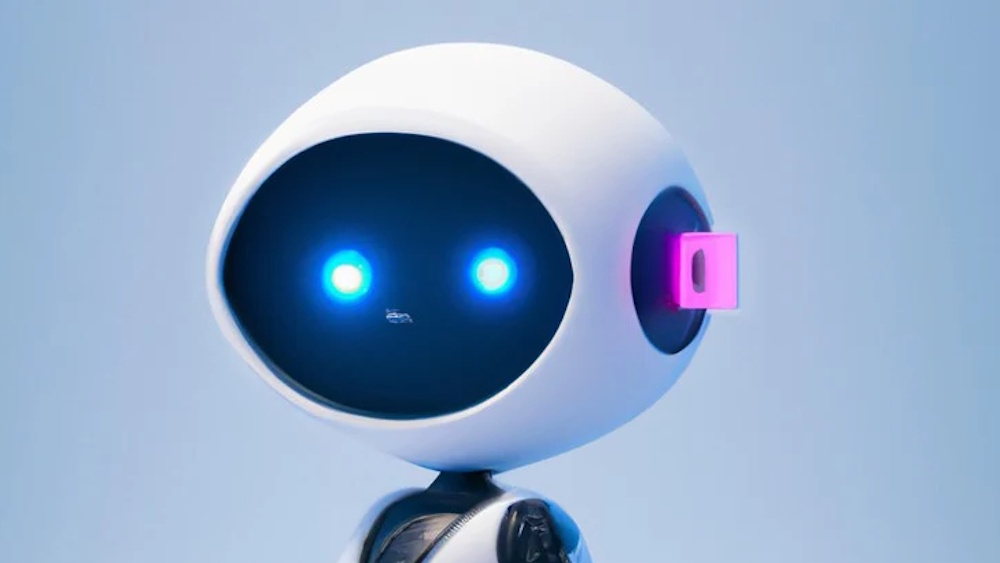In today’s hyper-digital sales landscape, speed, personalization, and data integration are everything. Modern buyers expect instant responses, tailored recommendations, and seamless handoffs from conversation to conversion. But here’s the catch — traditional lead management systems alone aren’t built for this pace. That’s where AI chatbots integrated with CRM systems come in.
By combining the real-time engagement power of AI chatbots with the structured intelligence of CRM platforms, businesses can not only capture more leads but qualify, nurture, and convert them far more efficiently. In this post, we’ll break down the value of this integration, how it unlocks revenue opportunities, and why it’s a game-changer for sales teams in 2025.
What Is AI Chatbot-CRM Integration?
AI chatbot-CRM integration refers to the seamless connection between conversational AI tools (like Drift, Intercom, or HubSpot Chatbot) and customer relationship management platforms (like Salesforce, Zoho CRM, or HubSpot CRM).
This integration allows:
- Real-time syncing of chatbot data into the CRM.
- Automatic lead profile creation and enrichment.
- Trigger-based workflows based on chat interactions.
- Personalized follow-ups based on intent and behavior.
Benefits of AI Chatbot and CRM Integration for Lead Management
1. Instant Lead Capture & Enrichment
The moment a user lands on your site and engages with a chatbot, it starts collecting context — name, company, industry, pain points — and syncs it directly into your CRM. No manual entry. No delays.
Example: A SaaS company uses a chatbot on its pricing page to ask qualifying questions like “What’s your company size?” and “Are you looking to integrate within 30 days?” That data feeds into Salesforce and triggers a tailored email sequence.
2. 24/7 Lead Qualification
AI chatbots don’t sleep. They can engage, qualify, and even route leads based on your ideal customer profile (ICP) — all while your sales team is offline.
Key stat: Businesses that respond to leads within 5 minutes are 9x more likely to convert them. AI chatbots ensure you never miss that window.
3. Personalized Lead Nurturing
With CRM integrations, chatbots can tailor conversations based on historical data — previous interactions, downloads, or support tickets — creating a truly personalized customer experience.
4. Trigger-Based Workflow Automation
Chatbots can tag leads and automatically kick off CRM workflows — assigning a rep, scoring a lead, or sending a proposal — based on their responses in the chat.
How AI Chatbot-CRM Integration Drives Revenue & Profitability
The true power of integrating AI chatbots with your CRM isn’t just in automation — it’s in unlocking measurable revenue growth and improving sales efficiency at scale. Let’s break down how this integration impacts the bottom line:
1. Faster Lead Response = More Conversions
Speed is revenue. With AI chatbots engaging leads instantly and feeding insights into the CRM, sales reps get a real-time view of who’s hot — and why.
Companies that respond within 5 minutes are 9x more likely to convert leads than those who wait an hour. Chatbot-CRM integration makes that speed standard.
2. Higher Lead Qualification Accuracy
When chatbots ask qualifying questions upfront (budget, needs, timeline), CRM systems can automatically prioritize and assign reps based on lead quality. This reduces time wasted on unqualified leads — and increases close rates.
One company saw a 60% drop in unqualified demos after implementing smart chatbot filtering synced with their CRM.
3. Smarter Forecasting with Real-Time Data
With rich behavioral data flowing into the CRM from chatbot interactions, sales managers get more accurate forecasts. They can track which campaigns drive engagement, what conversations convert, and what bottlenecks need attention.
CRM dashboards powered by chatbot data show 10–15% improved accuracy in sales pipeline forecasting.
4. Reduced CAC (Customer Acquisition Cost)
Automating lead capture, qualification, and nurturing significantly lowers labor and ad costs. You can scale conversations without scaling your headcount.
Teams that fully automate this flow report a 25–30% drop in CAC in less than 6 months.
5. Shorter Sales Cycles = Faster Revenue Realization
AI chatbots can surface urgency, intent, and budget signals early in the conversation — allowing reps to tailor demos or offers sooner. This compresses the entire sales journey.
In B2B SaaS, chatbot-qualified leads often convert 30–40% faster than those sourced via forms or cold outreach.
Real-World Use Case: AI Chatbots in B2B SaaS
A mid-sized B2B SaaS company integrated Drift with HubSpot CRM. Here’s what happened:
- Leads qualified via chatbot went up 42%.
- Sales team reported a 60% decrease in time spent on cold outreach.
- Response time dropped from 1 hour to under 1 minute.
- Overall lead-to-demo conversion rate jumped from 8% to 19%.
Key takeaway: AI chatbots helped turn website visitors into warm leads — instantly synced with reps for follow-up.
Future Outlook: What’s Next?
In 2025, expect AI chatbot-CRM integration to move beyond text. Voice-enabled bots, emotion detection, and AI agents capable of booking demos autonomously are already emerging. The result? A fully automated, intelligent sales pipeline that never misses a beat.
Final Thoughts
Integrating AI chatbots with CRM systems is no longer optional — it’s the standard for modern, high-velocity sales teams. Whether you’re a startup or an enterprise, this combo gives you an edge in speed, accuracy, and customer engagement.


